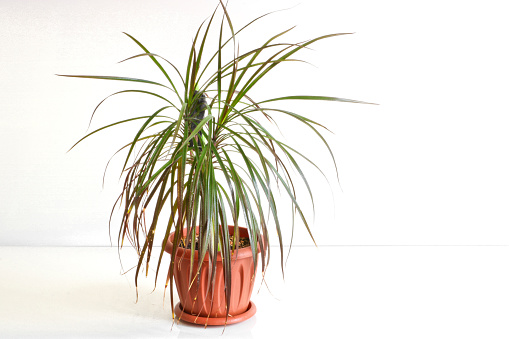If someone were to mention problematic air quality to you, you would almost certainly think of the world outside. In a world of fumes and pollutants, outdoor air quality is a major concern and a health risk across the world.
However, when it comes to air quality, the issue is also applicable closer to home, literally. While not quite as pressing as the issue of outdoor air quality, indoor air quality is still a huge concern.
In terms of health and well-being, it needs to be considered.
If you’re looking to purify your home’s air, hiring one of the professional cleaners in Melbourne is a great idea. They’ll work hard to make sure that your home looks and smells great, so things like pet odours will be gone for good.
Why is purifying your home’s air essential?
Our homes are full of chemicals and toxins as a product of modern life. Some of these toxins we willingly bring into our homes. For example, the fragrances used in scented candles are known to have a number of impacts on human health.
Other toxins are from less-obvious sources. For example, your mattress may be emitting chemicals, such as formaldehyde, a known carcinogen, that is harmful to health.
Many of these chemicals are nothing to be concerned about individually. However, the combination of numerous chemicals in a home can mean that the indoor air quality is far from ideal. This is of a particular concern if you, or your children, have issues with allergies or asthma.

So what’s the solution?
Thankfully, improving indoor air quality is surprisingly simple and the best technique will actually give your home an aesthetic boost, too.
You don’t need to invest in expensive air purifiers to achieve the goal to purify your home’s air quality. All you need is the right houseplants.
This may sound ludicrous, but it is scientifically verified and confirmed by NASA, no less. Certain types of houseplants will absorb many of the chemicals that cause such issues, much in the same way that they absorb carbon dioxide from air outdoors.
As well as absorbing bad air, these houseplants help to increase the oxygen levels in your home. So basically the plants replace the bad air with the Very Very Good air!
The connection between houseplants and indoor air quality was first discovered in a pioneering NASA study.
Further research has replicated the results to a point where we can confidently say that houseplants are just about the best thing you can do to purify your home’s air.

Which houseplants can help to improve the air quality in your home?
The NASA study was comprehensive, and found that a number of different houseplants can have a positive impact on the air quality in your home.
Here’s a short, but by no means exhaustive, list of the plants that are most beneficial for this purpose.
- Dracaena plants looks fantastic, are easy to care for, and remove a number of vital chemicals. However, pet owners be warned: dracaena is toxic to cats and dogs.
- Boston ferns aren’t quite as easy to care for. They will need to be continually monitored to ensure they are sufficiently moist, but they do look great. They can make a real difference to your indoor air quality.
- Mother-in-law’s tongue isn’t the most pleasantly-named of plants. It is, however, incredibly easy to care for and is highly effective for toxin removal.

In conclusion
To ensure your indoor air quality is always as good as it can be, opt for a few houseplants. If anyone asks you why your home is suddenly resembling an Eden, just smile knowingly and explain that NASA told you it was a good idea!
For more ideas on how to easily clean your home the eco-friendly way check out this post.

